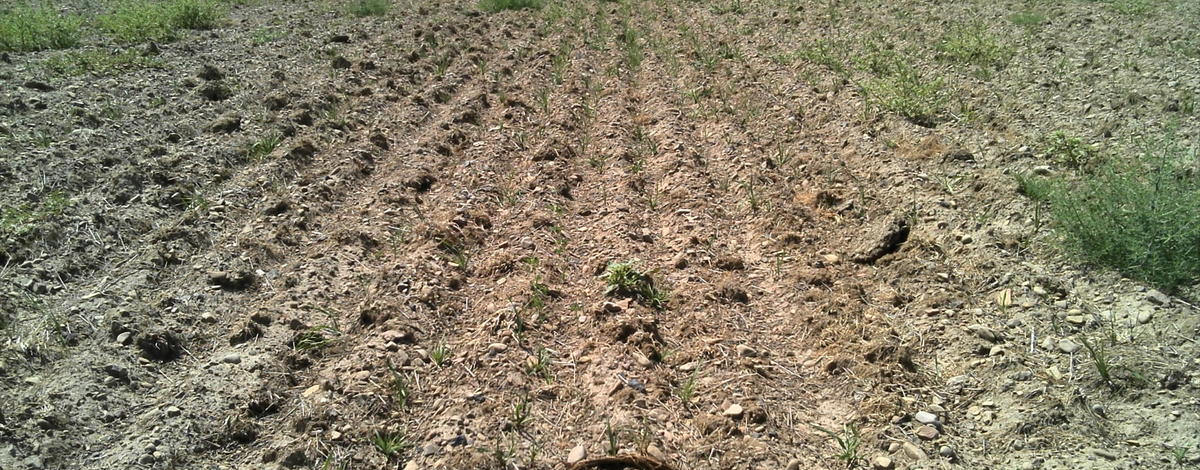The Conservation Reserve Program
By Hunter Moyles, Mule Deer Initiative Biologist
The Conservation Reserve Program (CRP) is a program meant to set aside land to benefit soil erosion, water quality and wildlife. They are 10 year contracts where the United States Department of Agriculture (USDA), Farm Service Agency (FSA) pays landowners to install and maintain grass/forb cover on the acres enrolled. Each county is allowed up to 25% of the farmable ground to be enrolled in CRP. To be eligible for CRP you need to meet the cropping history requirements, erosion criteria, and ownership criteria. There are signup periods for CRP. Contact your local USDA Service Centers to see if your land will qualify. Currently Idaho has approximately 648,000 acres enrolled in CRP.
There are multiple ways you can plant CRP. Each way has varying success depending on Mother Nature. The best way to increase your odds of a successful stand is by doing all you can before you plant. It doesn’t matter how you get there, but what you want before you plant is a firm, weed free seed bed. One of the old sayings is “if you can bounce a basketball off the ground you are firm enough”. A more technical saying is “your heel print shouldn’t be more than a ¼ inch deep”.
Weeds are one off the worst enemies for establishing new grass. We recommend you spray at least twice. Summer fallowing is also a great tool for suppressing weeds.
We get asked all the time, “when is the best time to plant, spring or fall”? What I say to this question is “it depends”! Can you get into the field in the spring? Can you get a firm seed bed without the snow pack? What has been your experience with timing of planting? I have seen successful grass plantings both in the spring and the fall. Usually landowners have a preference. The more secure bet is to plant in the fall, so that the seed is in the ground ready for the spring moisture.




